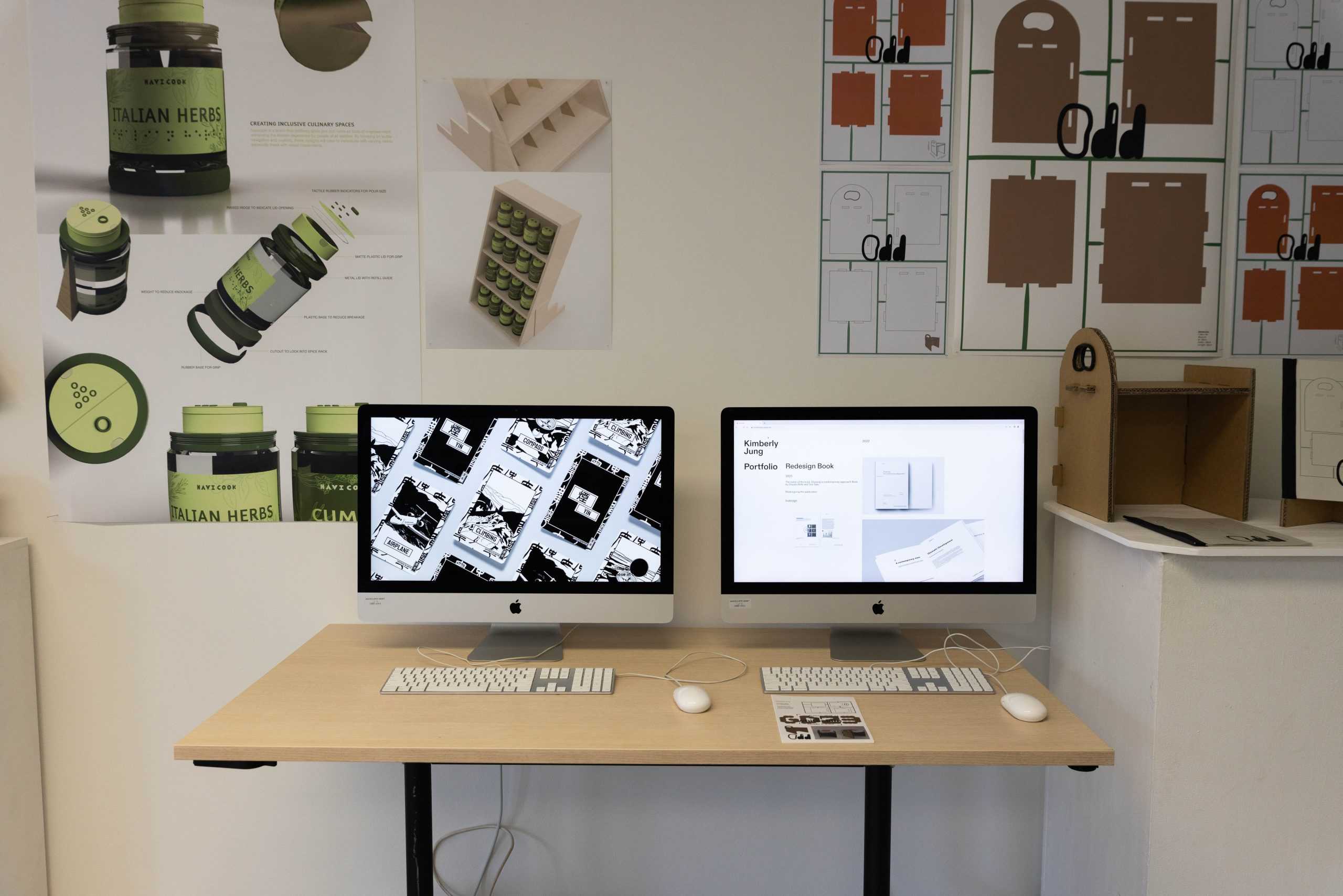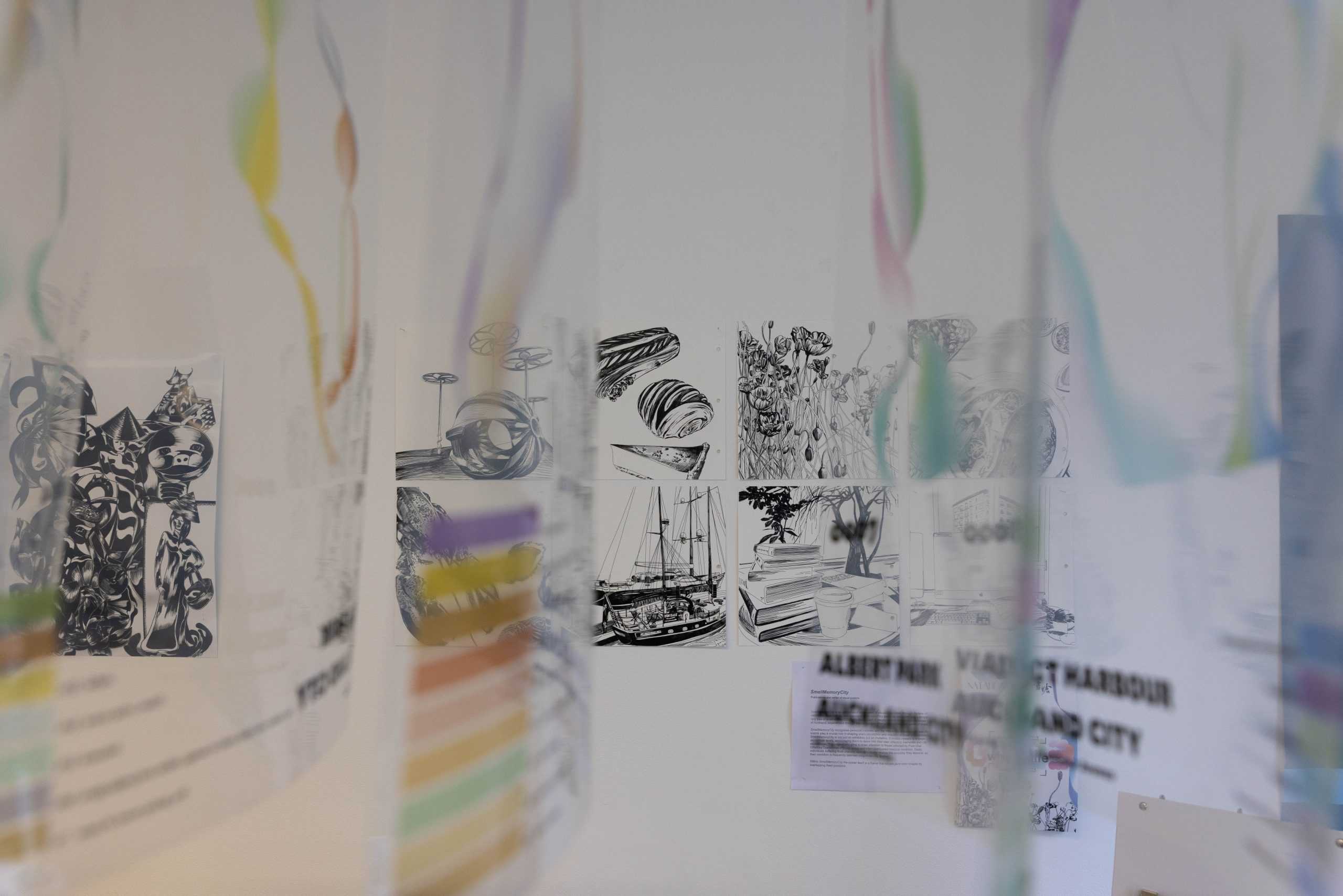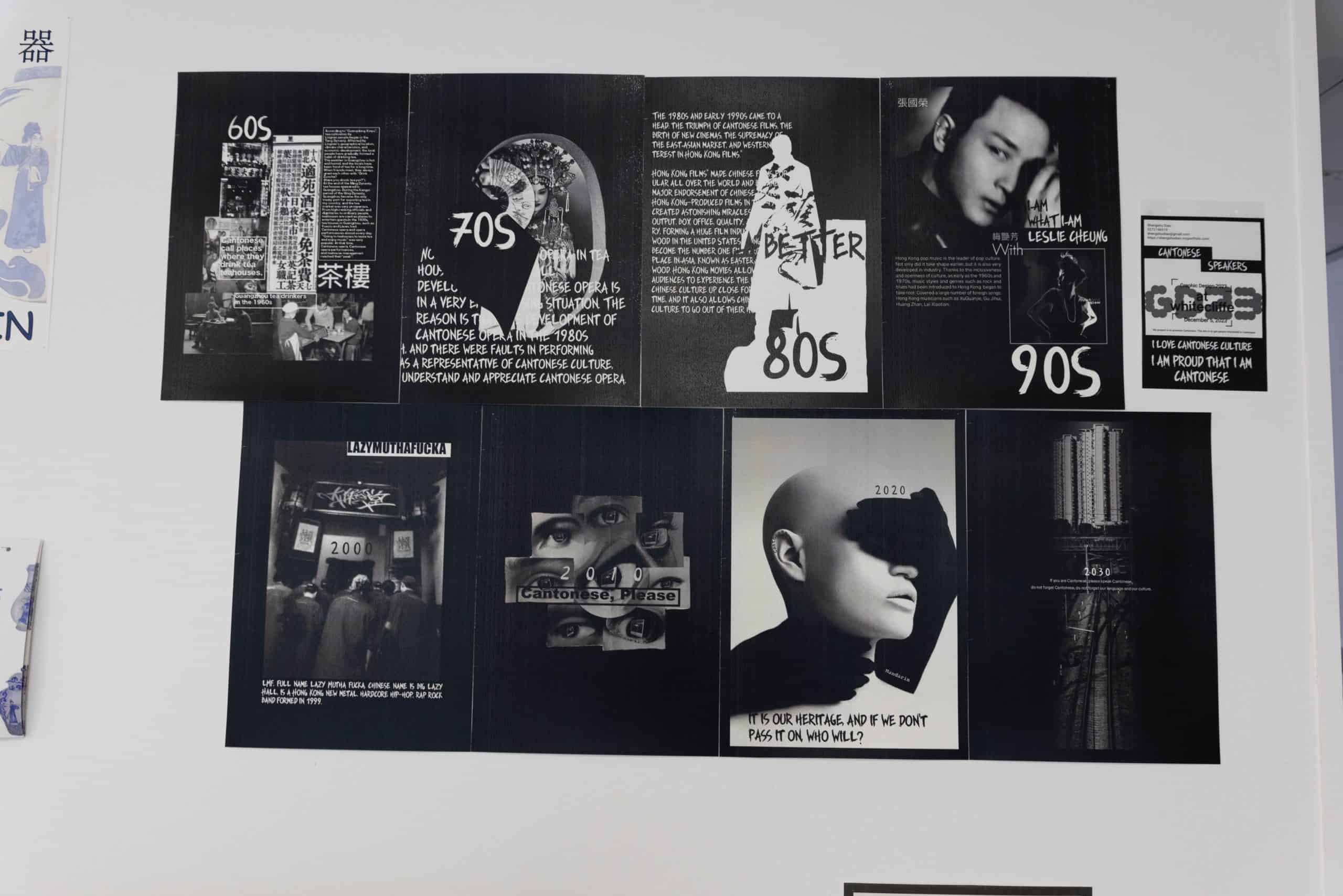
A comprehensive programme designed to equip students with the essential skills and knowledge required to thrive in the dynamic fields of design and digital media.
Overall, the programme offers a balanced and integrated approach, combining theoretical knowledge with practical skills, and preparing students to become innovative and responsible design professionals.

The degree is anchored within the three pillars of design innovation to ensure graduates are equipped to enter employment, or entrepreneurial ventures, with a sound foundation in criticality, creativity, and connectedness.
The programme includes Interactive Design, Motion Design, Design Thinking, UX and UI, Web and App development, Hybrid Reality, Emerging and Future Design Technologies, Entrepreneurship, Human Centered Design and Graphic Design.
You will develop communication skills through collaboration, negotiation with stakeholders including community projects, live briefs, and internships.
The programme promotes innovative, experimental and reflective approaches to emerging and future design ideas and technologies, encouraging students to develop their own independent practices and employment opportunities to fulfil the needs of design industries, now and in the future.
Finally, the design solution must be viable and fit the client’s business model. Of equal importance, the design solution should be sustainable and add value commercially, socio-economically, and culturally.
July 2025 Intake
21/07/2025
February 2026 Intake
16/02/2026
3 Years
Full-time
Auckland City Symonds Street Campus
Wellington Campus
Fees indicated are for 1st year of study. 2nd and 3rd Year fees may vary.
Fees free may apply.
All 2025 fees are subject to change and regulatory approval.
Domestic: $7,939 + $300 Student Services Levy
International: $27,000 + $300 Student Services Levy
Future study options:
Postgraduate Certificate or Diploma or Masters in a related area

Bachelor of Design + Digital Media
NZQA Level 7 (360 Credits)
Graduates of the Bachelor of Design and Digital Media are connected, critical thinkers who behave sustainably, stay relevant, and are culturally capable and employable.
Graduates will lead the conversation on the future of design leadership and its impact.
Graduates will be able to:
Applicants must
Demonstrate an ability to undertake degree level study, including appropriate knowledge and skills in the areas of written communication and mathematics, by having achieved:
or
or
or
or
or
Applicants who do not meet the above criteria may be eligible for admission with the approval of the Head of Programme.
International applicants must
The vast majority of our team have extensive experience within their respective industries. This is key in helping us ensure our graduates have the real-world skills they need for a successful career and bright future.

Dr Mariapaola McGurk (fondly known as MP) is a dynamic leader and scholar in the creative and cul ...

Rebecca Steedman is a design educator, designer, and artist with over 12 years of educational exp ...

Rob Mills is a design thinker, educator, and creative freelancer with a Master’s degree in Digi ...

Roman is an artist and full-stack developer with a long-standing involvement in the arts and cult ...

Uelese is a graduate of the Whitecliffe School of Fine Arts and is teaching the Certificate of Di ...

Becky’s experience ranges in the fields of digital media, marketing, and videography. She holds ...